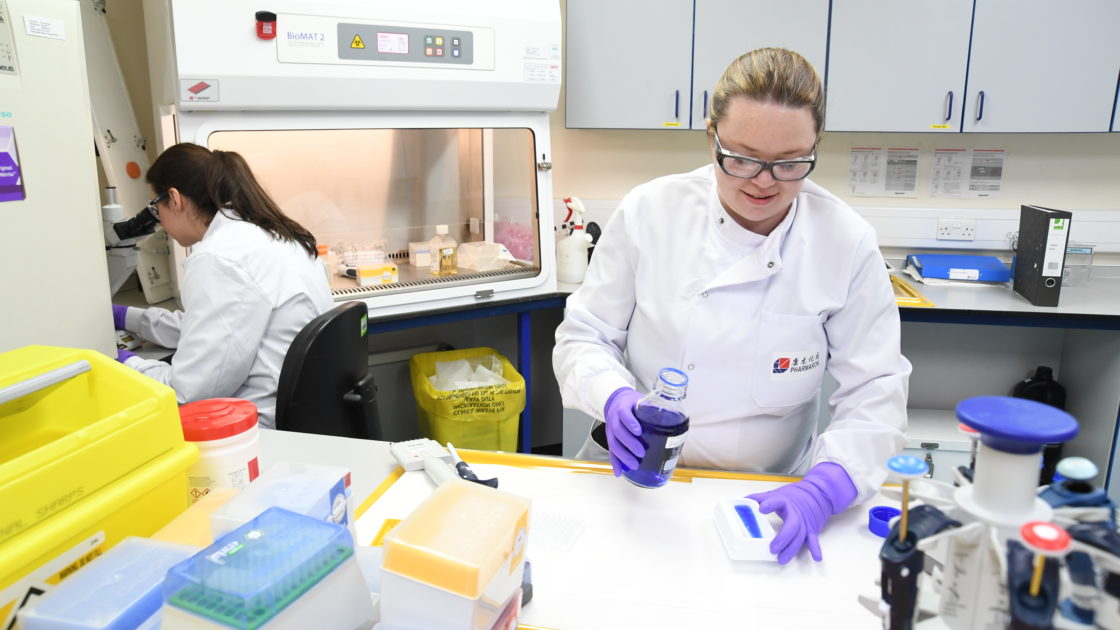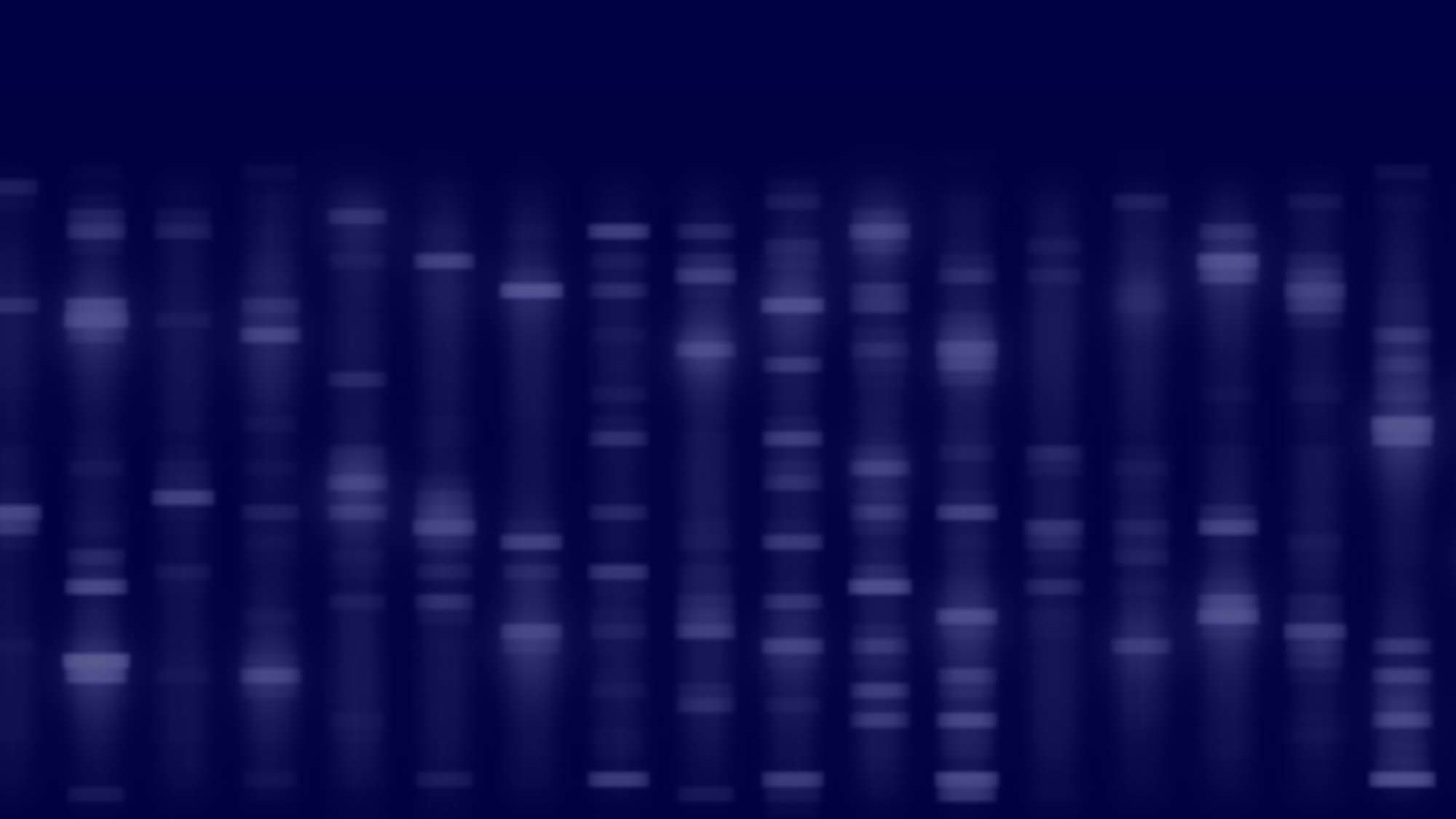Radiolabelled Metabolism and Biodistribution

Radiolabelled Metabolism and Biodistribution Services
Pharmaron’s rapid late-stage lead optimization service produces data that can play a vital role in making swift, affordable decisions around selecting and advancing the right lead candidate(s) before initiating IND-enabling toxicology studies. This cost-effective solution provides these data within a few weeks.
Pharmaron’s expertise in tritiation and in vivo/in vitro drug metabolism generates both QWBA tissue distribution and in vitro cross-species comparative metabolism data, which can assist with the selection of toxicology species, provide an early insight into a compound’s distribution and metabolism and help with translational sciences bridging non-clinical with clinical investigations.
View our on-demand webinars within our DMPK series, covering a spectrum of interesting DMPK topics.
Capabilities

in vivo Tissue Distribution
- From tritium radiolabelling of test compounds to QWBA images/data in 2-3 weeks (for testing 5 compounds in parallel)
- Provides tissue distribution data for [3H] radioactivity in up to 40 selectable tissues in rodents
- Comparison of distribution of total [3H] radioactivity (parent and/or metabolites) in key tissues with basic quantification of blood:tissue ratios which indicate if radiolabelled drug-derived material is moving from the blood into the tissues
- Key comparative target-distribution data for a panel of closely related compounds e.g. confirm if test compound(s) is reaching desired tissues or accumulating in sensitive tissues

in vitro Metabolism
- Two-week target turnaround: incubation to 3H metabolite profiles
- in vitro quantitative comparison of metabolites formed in hepatocytes from human vs. non-clinical species
- Helps select the most metabolically relevant tox species
- in vitro quantitative comparison of metabolites formed in hepatocytes from human vs. non-clinical species provides early indicative data on metabolite safety issues
- Identify formation of potential human-specific metabolites early
- Structural ID of metabolites by high-resolution mass spectrometry can be included (additional time required for met ID)


